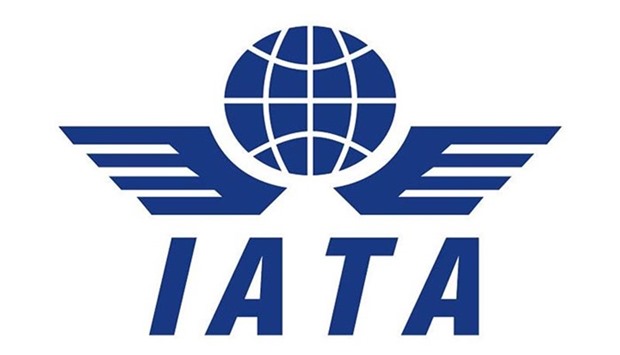International trade tensions represent a “key source of downside risk”, both to yields, particularly for the premium-class cabin, and broader industry financial outcomes, according to the International Air Transport Association (IATA).
Global passenger yields (total) continue to trend moderately lower, notwithstanding a small uptick in August, IATA said.
These data, IATA stressed “reflect developments in the ‘base’ airfare only and exclude revenue from surcharges and ancillary services.”
The gap between the premium and economy cabin yields was maintained in the latest data, with the former partly unwinding last month’s sizeable decline, it said.
Premium-class passengers accounted for 5.3% of total international origin-destination traffic in the first six months of 2018 – unchanged from the share seen in the same period of 2017.
In terms of revenue, premium-class passengers accounted for 31% of passenger revenues over the first half of 2018.
“Again this figure was unchanged from the same period a year ago,” IATA said.
Premium passenger growth over the year-to-date has outperformed its economy counterpart most visibly on the Asia-Southwest Pacific and within Europe markets.
For the two largest premium markets (by revenue) – the North Atlantic and Europe- Asia premium passenger growth continues to modestly lag developments in the economy cabin.
Industry-wide revenue passenger kilometres (RPKs) grew by 6.2% year-on-year in July – a solid start to the peak northern hemisphere summer, but slowing from a brisk 8.1% in June.
Passenger volumes have increased by 6.9% over the first seven months of the year compared to the same period of 2017 – in line with the average pace seen over the past five years.
Year-on-year growth in industry-wide freight tonne kilometres (FTKs) fell to 2.1% in July – its slowest pace since May 2016 and well below the five-year average FTK growth rate (5.1%).
More broadly, IATA said there was little sign of any change in the moderate uptrend in air freight volumes that had been in place since mid-2017.
Industry-wide available seat kilometres (ASKs) grew by a robust 5.5% year-on-year in July, it said.
In seasonally adjusted (SA) terms, passenger demand is once again trending upwards slightly faster than capacity.
Available freight tonne kilometres (AFTKs) grew by a more modest 3.8% year-on-year in July, but nonetheless faster than the corresponding annual demand growth rate for the fourth time in five months.
With capacity growing more slowly than demand, the (unadjusted) passenger load factor rose by 0.6 percentage points relative to July last year, to a record-high for the month of July, at 85.2%.
Higher passenger loads continue to support airline financial performance despite the ongoing softness in passenger yields, IATA said. The converse holds for the freight segment where capacity is outpacing demand.
The industry-wide load factor fell by 0.7 percentage points compared to July 2017, continuing its downward trend over recent months.
That said, both cargo yields and utilisation remain in good shape, the trade association noted.
The IATA monitor said oil prices eased slightly again in August, but the upward trend remained in place. Jet fuel prices were steady, at just under $90/b in August.




